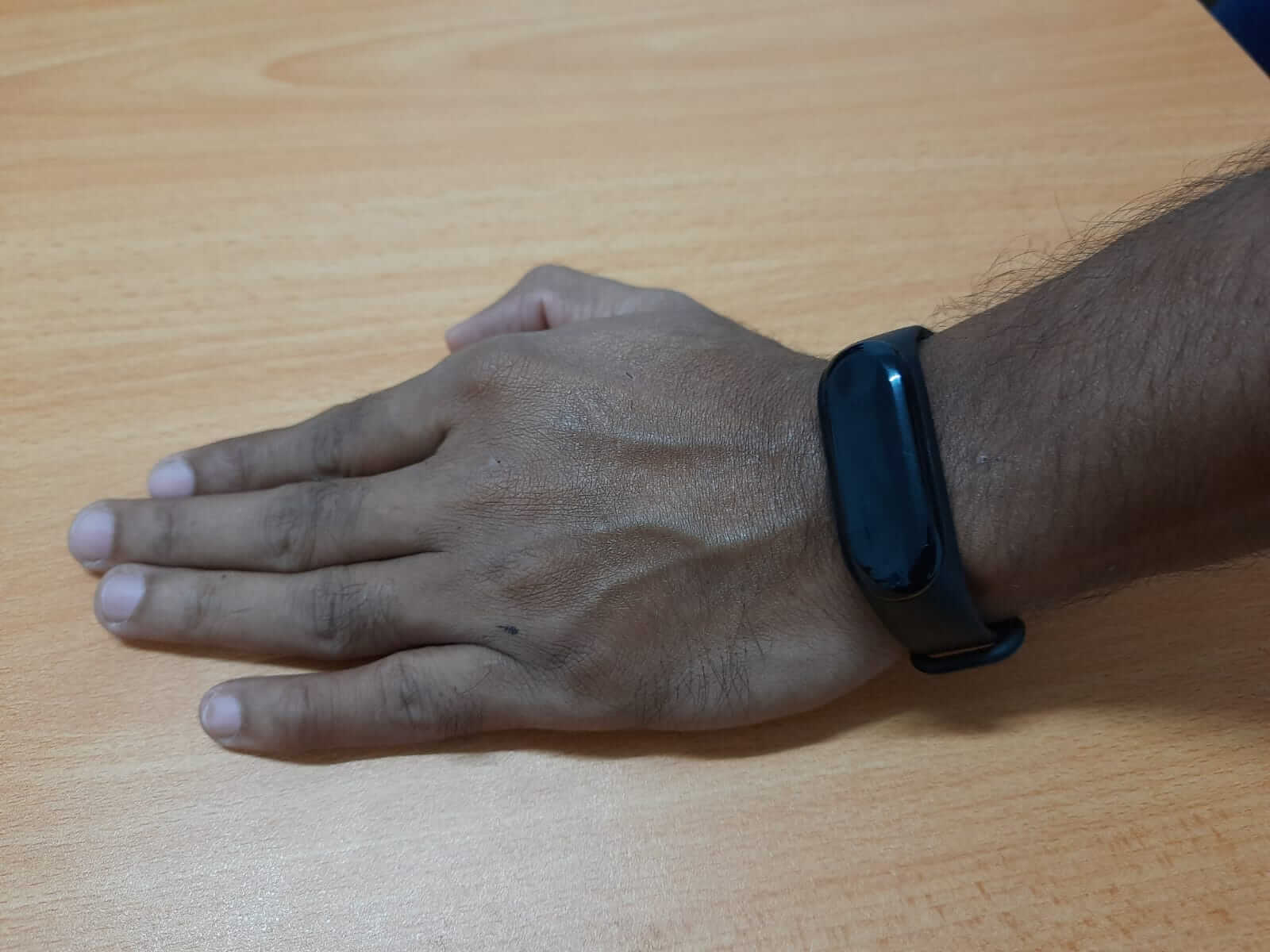
Challenge
During the current COVID19 pandemic, there has been a focus on hand washing education and information addressed at both health care workers and the general population. With COVID-19 transmission mainly spreading between people through direct, indirect (through contaminated objects or surfaces), or close contact with infected people via mouth and nose secretions, washing hands with soap and running water is of critical importance. Promoting hand hygiene at all levels of health care is also a critical thing. To stop the spread of COVID-19, along with other COVID appropriate behaviors, the practice of hand washing at regular intervals is a must, after coughing or sneezing, when caring for the sick, after using the toilet, before eating, while preparing food and after handling animals or animal waste. Hand washing after touching common surfaces such as door knobs or handles, or after one comes back home from visiting a public place will keep ourselves and others around us safe.
When we consider the hospitals, there are hundreds of part-time and full time staff. They have a higher risk than we do. Preventing the spread of germs is especially important in hospitals and other facilities such as dialysis centers and nursing homes. Though it is important most of the staff forget to wash their hands and intentionally neglect for no reason. So, why can’t we follow this simple preventative strategy to eliminate this vulnerable risk?
Solution
As the COVID-19 pandemic spreads across the globe, millions of people are heeding the advice of health experts to wash their hands. Hand washing is one of the powerful methods that can help stop the virus's spread and keep diseases at bay. It is a simple act that pays dividends when it comes to keeping ourselves healthy and safe. Though it was a simple act, lots of people forget to wash their hands and intentionally neglect. Now more than ever as we embrace the new normal and live with COVID-19, hand hygiene needs to become an integral part of our daily routine and our lives, as we live through this pandemic, and beyond, to protect us from diseases.
So, to encourage hand washing practices,we at Senzmate worked with Canada Medtech Company to develop a wearable device that is a Wristband which is worn by the user for most of the time per day. It is an ideal device to overcome the problems to improve the existing hand washing habits.
POC
When we were evaluating the project's feasibility, we discovered that hand washing was a critical component. We investigated whether we could collect meaningful data to distinguish the hand wash using existing sensors and smartphones, then we further evaluated the data and discovered certain patterns in hand wash time.
Idea Stage
In order to encourage hand washing practices, we brainstormed what is ‘proper hand wash’ according to the WHO standards. We did literature reviews on similar kinds of research all over the world, to transform our idea into a commercial product. Based on the findings from the literature, we found that it can be done in two ways; Video Cam in hand washing place and Sensor based Wristband. Our team discussed different architectures, pros and cons of each approach, as well as the constraints and dependencies of the project to reach the most suitable solution. Customer feedback we had on our overall plans made our idea a success one.
Prototype
At the initial stage, the wristband was made as a wearable device which alerts users at set time periods. We bought high sensitive sensors and relevant development boards in the market and integrated them with a small off the shelf enclosure and band to test in the hand.
The data collection and alerting functions are done by hand wash pattern detection app which is suitable for the watches that are designed by our company. For the analysis part, we gave the watch to our colleague and got more data to analyze. We trained our models to identify walking, working on laptop, hand wash etc. Also we were able to blink some LEDs when hand washing happened.
MVP
We moved on to creating a version of a wristband with core functionalities after verifying performance and functions from the prototype stage. We created a circuit design and a PCB based on what we learned from Prototype, and then improved the features of our PCB design in comparison to Prototype.[Charging Circuit, Enclosure Clips, Smaller Compact design]. After that, we started manufacturing 20 sample PCB units. We designed a 3D mould design for Enclosure of the Wristband. We went on multiple trials to improve the 3D mould and finally printed 20 3D enclosures. We gave them to different users and analyzed the usability and accuracy of the system. Users had a minimum featured mobile app to sync with their wristband. We got more data while users were using the band and improved the accuracy of hand washing identification.
COMMERCIAL STAGE
With the feedback from users on MVP, we improved the usability of the wristband and optimized the power consumption of the device to withstand longer days. We added over the air update to enable firmware update over the time and as well as added generalization models for left and right handers. Improved the enclosure design for better look and feel. Likewise, the wristband was designed perfectly with both hardware and software.So, following a series of tests, we launched our new product by offering the best solution.
Results
After the final product was built, we carried out several tests by considering followings;
- Differentiation of multiple actions (walking, eating, working on laptop, hand washing etc.)
- Male vs. female
- Children, mid age, old age
- Dominance hand
- Wearing hand
- Speed changes
The developed product could remind users to always wash their hands and maintain good hygiene. In addition, in response to client requirements, we updated our solution with many editions.
Written by Hansi Rathnayaka